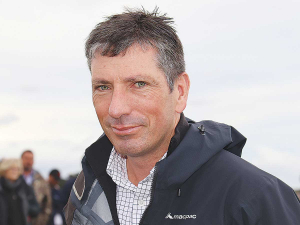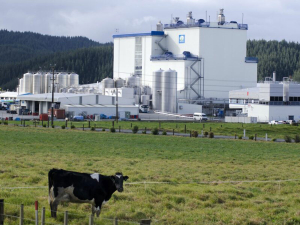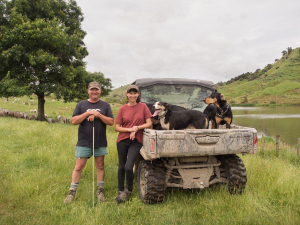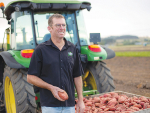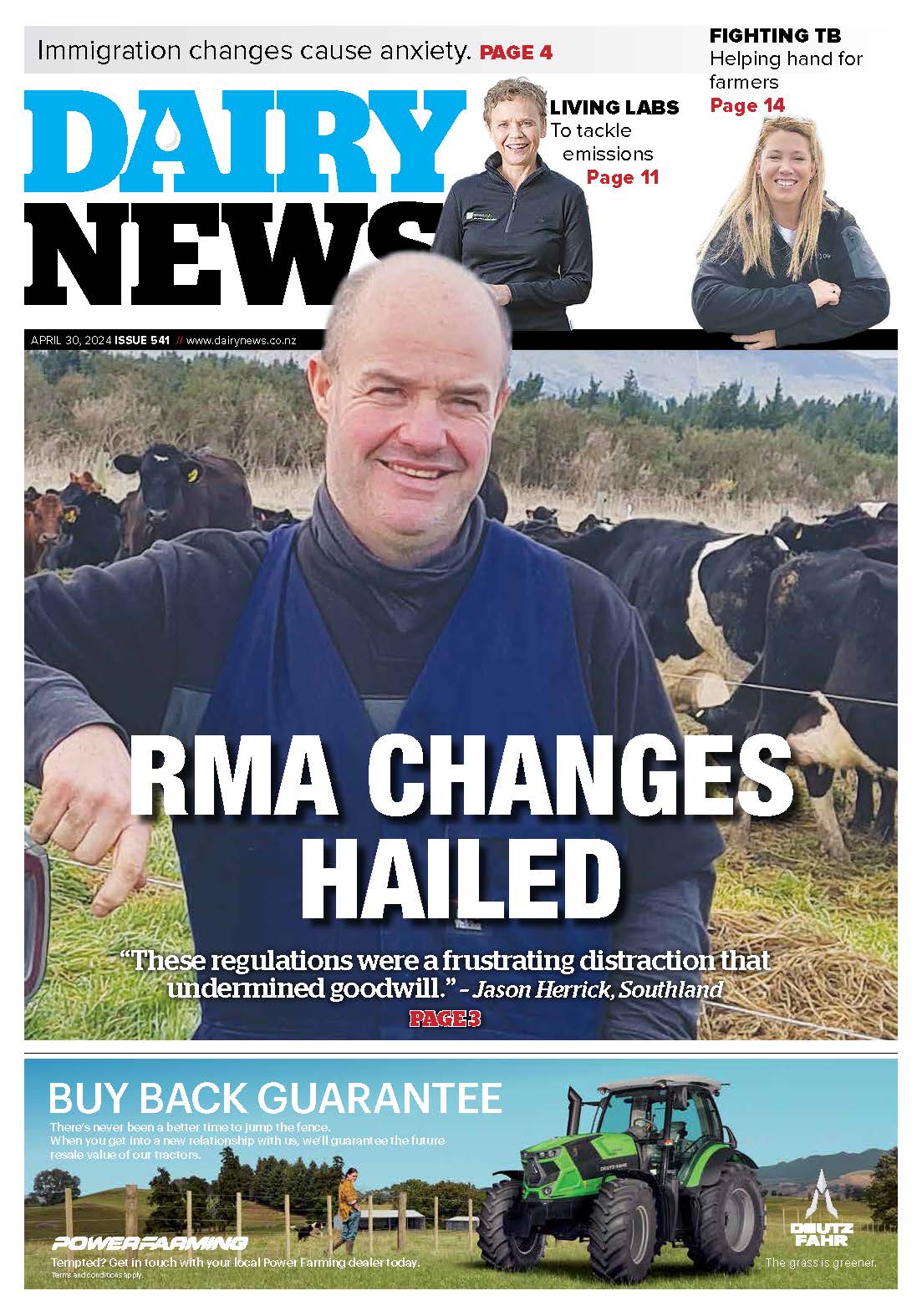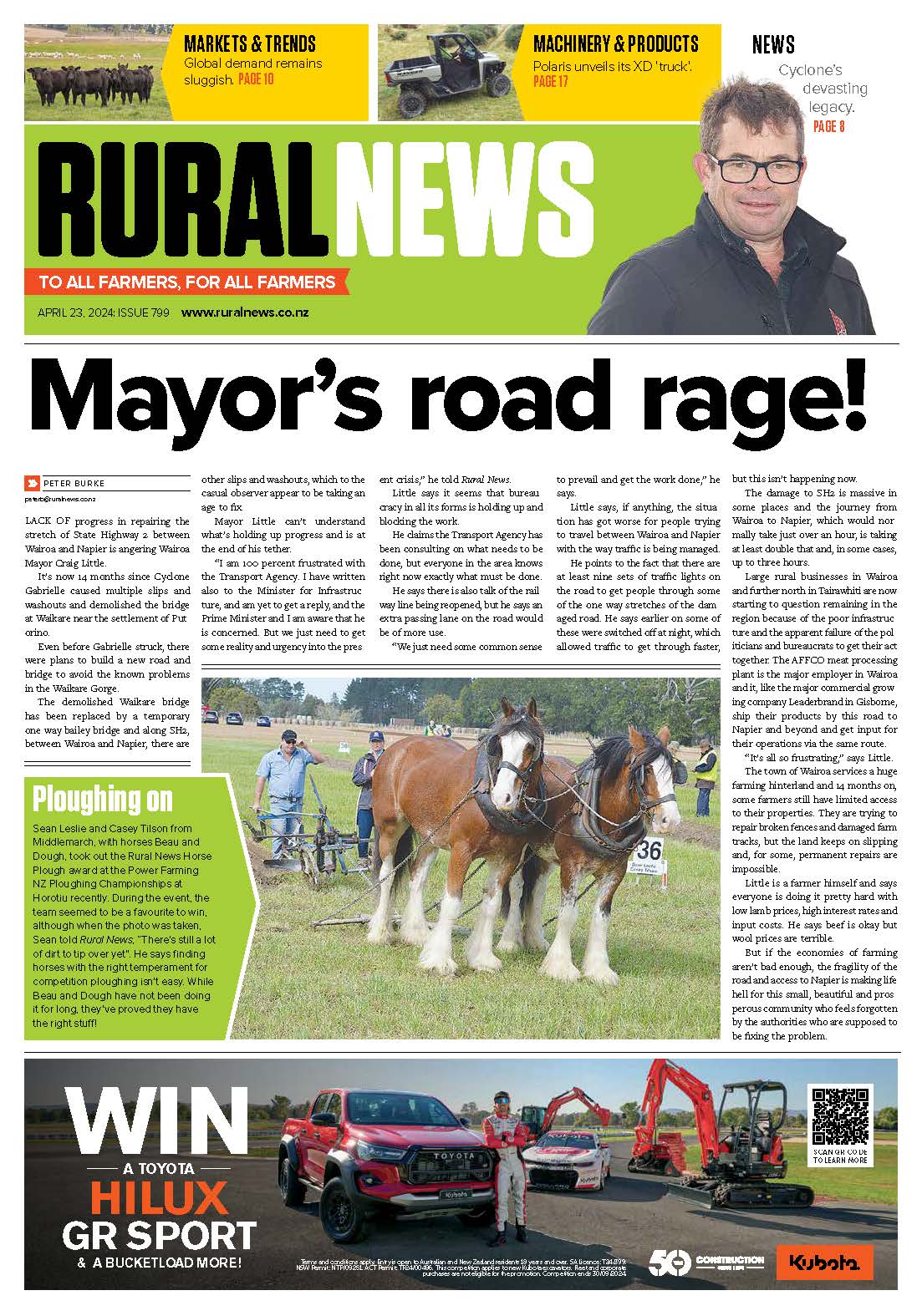The Government is consulting on a revised map after the original mis-identified thousands of hectares of steep land across New Zealand as ‘low-slope’ and therefore requiring stock exclusion or fencing. It is also consulting on a proposed certified freshwater farm planning approach.
B+LNZ has released factsheets outlining key issues and guidance for farmers on both consultations and will be making submissions incorporating farmer feedback. It will also be making a submission on the changes to the intensive winter grazing rules announced last week.
B+LNZ chief executive Sam McIvor says the original low slope map for stock exclusion was unworkable and wouldn’t have delivered good environmental outcomes.
“We recognise the Government’s efforts to fix the map and we acknowledge the revised map is a lot better.
“However, our view is that it’s not the best approach. Since the stock exclusion regulations were first proposed, our position has been that the map should be replaced with a general stock exclusion rule that regional councils would be empowered to give effect to,” McIvor says.
He says the new mapping approach still has inaccuracies and doesn’t provide regional councils with enough flexibility.
“Where the cost and effort required to exclude stock vastly outweighs the environmental risks and impacts, there needs to be scope to address those situations.
“The proposal still doesn’t take into account the fact that requiring stock exclusion on some of the identified 0-5 degree slope land would be inefficient or ineffective, especially given the waterway or catchment characteristics.
“Based on the feedback we’ve been getting from farmers, we believe the Government has underestimated the scale of the remaining problems with the map.
“With the current levels of satellite information, we do not believe it’s possible to get a national-level map accurate enough to determine where stock exclusion should occur,” says McIvor.
B+LNZ says it also has reservations about the freshwater farm planning approach outlined in the current consultation.
“Our guiding principles are that the freshwater farm plan should be based on industry-led farm plan approaches, be practical, effects-based and not input-based, as well as ensuring the privacy of farmers’ data.
“We’re pleased to see that what’s outlined in the discussion document picks up many of B+LNZ’s advocated positions, and the practical farm planning solutions we put forward.
“However, the content is relatively high-level and the devil is always in the detail. We need to see the detailed regulations on the farm plan to be able to make a proper assessment,” says McIvor.





